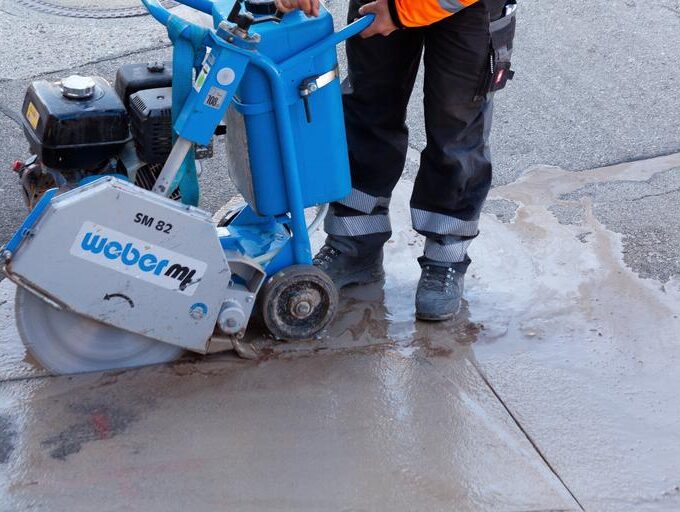Foot pain is a common complaint that can affect individuals and this article explores the various causes of foot pain, effective treatment options, preventive measures, and when to seek professional medical advice. By understanding the root causes and appropriate responses to foot pain, individuals can take proactive steps to alleviate discomfort, improve foot health, and maintain an active lifestyle.
Another common cause of Foot pain Richmond is overuse or repetitive strain injuries. Activities that involve prolonged standing, walking on hard surfaces, running, or participating in high-impact sports can strain the muscles, tendons, and ligaments of the feet. This can result in conditions such as tendonitis, metatarsalgia (pain in the ball of the foot), or stress fractures. To prevent overuse injuries, it’s important to gradually increase activity levels, wear appropriate footwear, and incorporate rest periods and stretching exercises into daily routines.
Foot pain can also be attributed to biomechanical issues or structural abnormalities of the feet. Flat feet (pes planus), high arches (pes cavus), or abnormalities in gait or foot alignment can place uneven pressure on the feet, leading to pain and discomfort. Conditions such as plantar fasciitis, where the band of tissue connecting the heel bone to the toes becomes inflamed, are often associated with biomechanical issues. Orthotic devices, prescribed by a podiatrist or orthopedic specialist, can help correct foot alignment, redistribute pressure, and alleviate pain associated with structural abnormalities.

Injuries such as sprains, strains, or fractures can also cause acute foot pain. Ankle sprains, for example, occur when the ligaments supporting the ankle joint are stretched or torn, often resulting from sudden twisting movements or falls. Immediate treatment, including rest, ice, compression, and elevation (RICE), followed by immobilization and rehabilitation exercises, is essential to promote healing and prevent long-term complications.
Certain medical conditions can contribute to foot pain or exacerbate existing symptoms. Conditions such as arthritis, diabetes, peripheral neuropathy, and circulatory disorders can affect the feet and increase susceptibility to pain, numbness, tingling, or wounds that heal slowly. Proper management of these underlying conditions, including medication, lifestyle modifications, and regular monitoring by healthcare professionals, is crucial in minimizing foot pain and preventing complications.

Conservative treatments often include rest, ice therapy, elevation, and over-the-counter pain relievers to reduce inflammation and alleviate discomfort. Physical therapy may be recommended to strengthen muscles, improve flexibility, and correct biomechanical issues contributing to foot pain. Custom orthotic devices or supportive shoe inserts can provide additional cushioning, support arches, and redistribute pressure on the feet.
Corticosteroid injections may be administered to reduce inflammation and pain in conditions such as plantar fasciitis or arthritis. For severe structural issues or chronic pain, surgical options such as tendon repair, joint fusion, or correction of deformities may be considered. Surgical interventions are typically reserved for cases where conservative treatments have failed to provide relief or improve function.
Preventive measures play a crucial role in managing and reducing the risk of foot pain. Maintaining a healthy weight, engaging in regular physical activity to strengthen foot muscles, and wearing appropriate footwear for specific activities can help prevent injuries and alleviate strain on the feet. Stretching exercises, such as calf stretches and toe curls, can improve flexibility and reduce the risk of muscle imbalances or tightness that contribute to foot pain.












